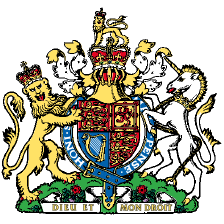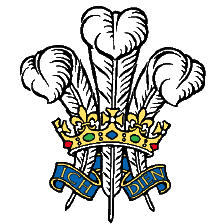Spring is a great time to fertilize trees. The rush to produce a new flush of leaves is very nutrient demanding and growth is enhanced and maximized if a general purpose fertilizer is applied in May and early June. Make sure your fertilizer contains the minor trace elements such as manganese and magnesium as well as the staple ingredients of Nitrogen, Phosphorus and Potassium as some plants, like common laurel, depend on these for to achieve good leaf colour.
The fertilizer you apply should be well watered in so the roots can access it and redistribute it throughout the plant. The bust of leaf activity in plants this time of year is coordinated by a corresponding growth in roots so a timely handful of feed can boost the plant greatly and set it up for the rest of the season. Check out our slow release fertilizer, it has all that your trees would want and comes included in your planting kit.
A well-nourished plant is better equipped to stave off perennial pest and diseases, but when you get to the longest day in June, there is little merit in continuing your feeding regime as trees are already scaling down their activities to prepare for dormancy in the autumn. Too much nitrogen in the summer months on greedy trees, such as Acer platanoides types, can lead to cells that can shatter in an early frost as their cell walls are weak from gorging themselves full of nutrient rather than hardening off to protect themselves in winter against freezing temperatures. With cells filled with nutrient rich water suddenly freezing, the stems and trunk of your newly planted tree can rupture.
Coupled with nutrition, watering is a vital part of an aftercare regime for trees that have been planted within the last couple of years. Little and often is the best way to mimic rain and give the soil enough time to grip it. A garden sprinkler does well to achieve this or one of our Tree Hydration Bags does an excellent job to deliver water slowly.
For more information please contact us at Barcham on 01353 723950 or [email protected]


View all Barcham trees
Bulk discount when you buy any mix of 10 trees or more


















